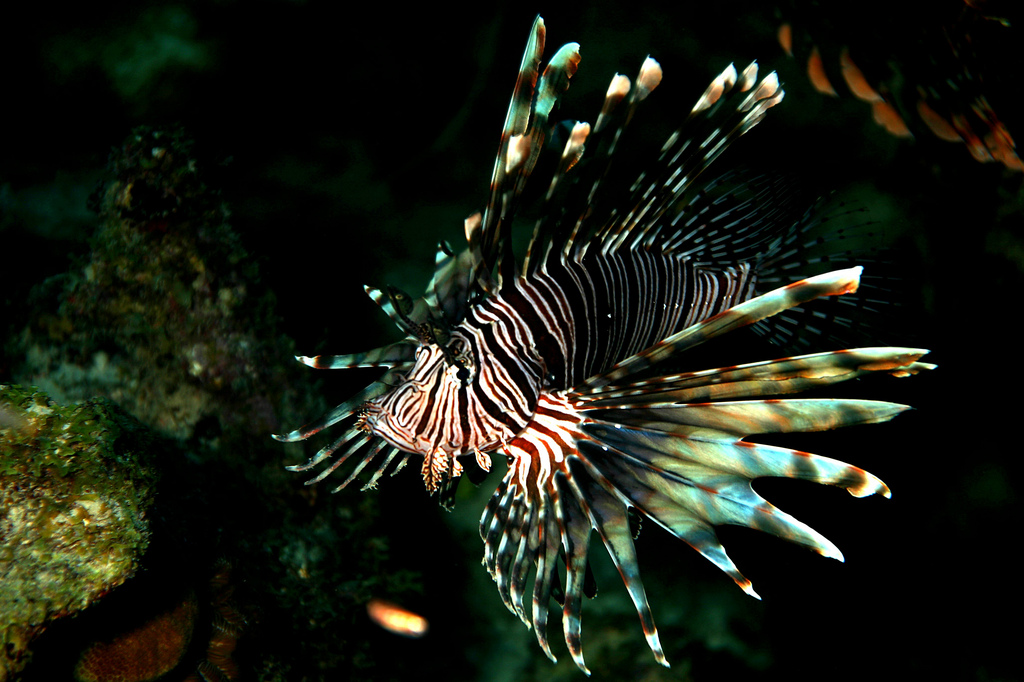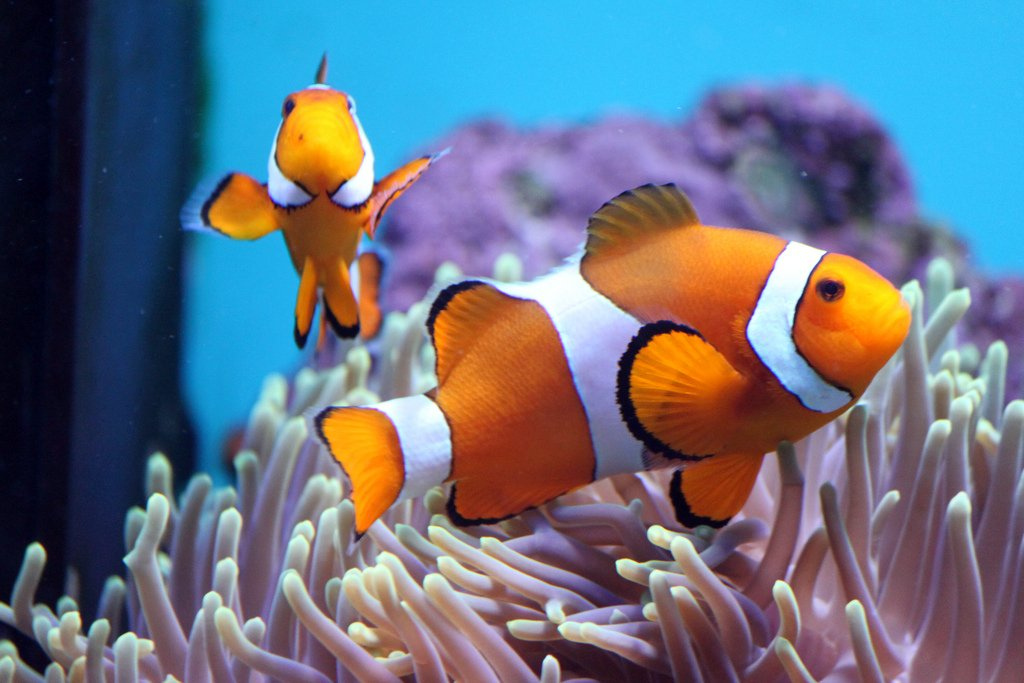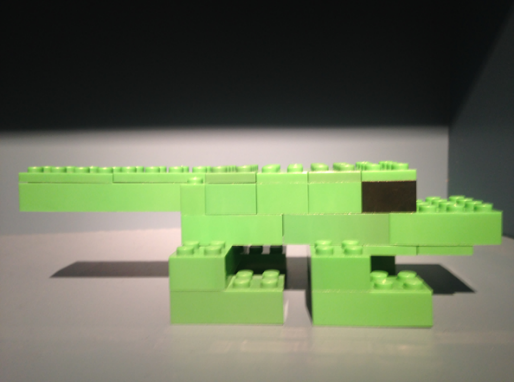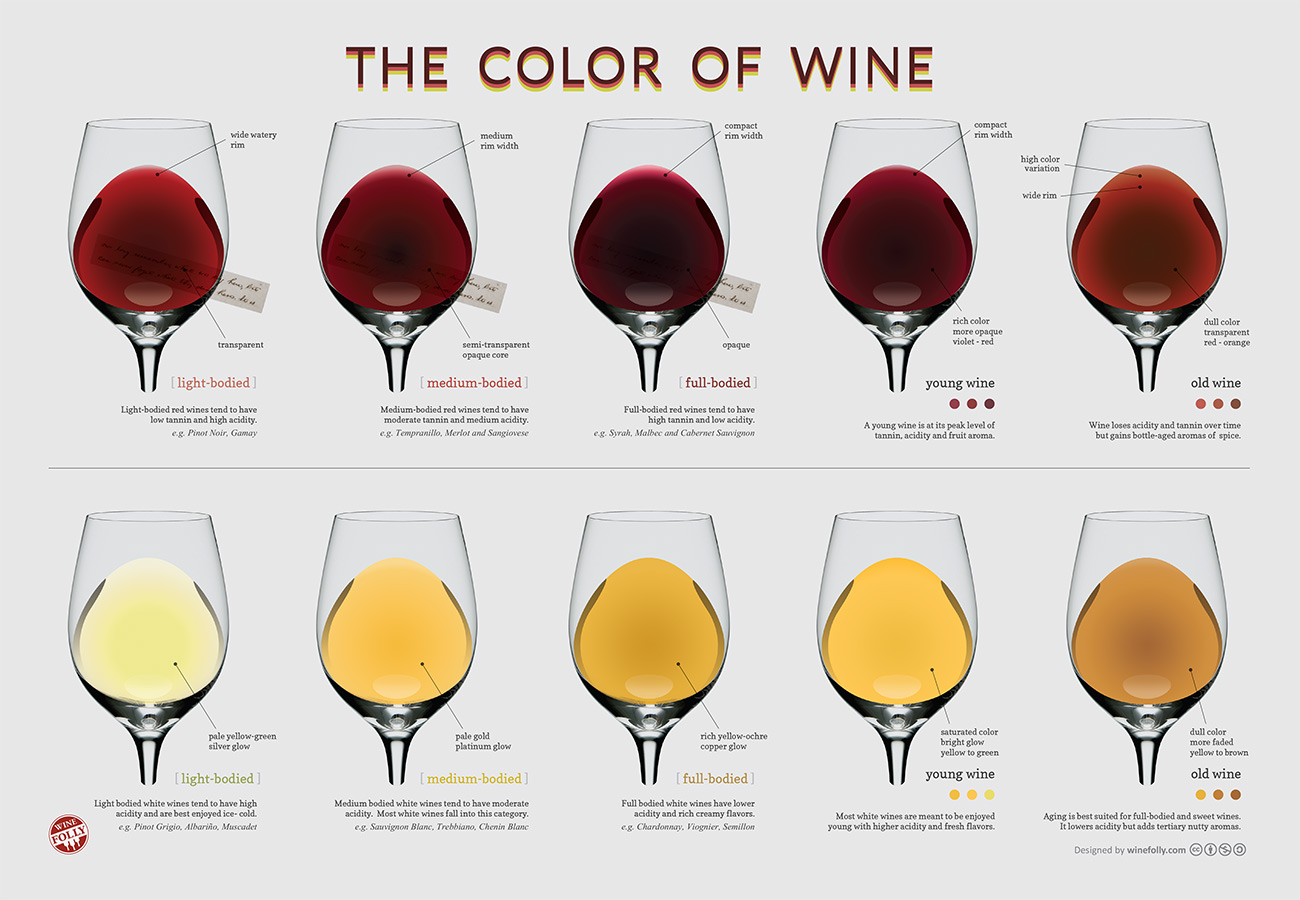The bright colors of life on the coral reef inspire artists all over the globe. How well does your art measure up? Show off your talent through the Secret Ocean Art Contest, and you could win free museum tickets and an artist feature on the big screen! Check out some of our ideas below and learn how to enter the contest before the Sept. 25 deadline.
In the saltwater world captured in Jean-Michel Cousteau’s Secret Ocean 3D, we see many animals with bright colors and vibrant patterns, and struggle to find some of the animals hiding in plain sight. Coloration plays an important role to survival in most environments. Animals with appropriate coloration can be better at confusing predators, attracting mates, or blending in to catch the next meal. Every animal has its own approach to coloration, and they each use it for more than just beauty.
Dangerous distraction
The lionfish is known for its large elegant fins and the impressive venomous spines along its back, but the red-striped pattern of the lionfish makes it a fierce predator at the top of its food chain. The lionfish does not use its venomous spines to capture prey. The venom is meant to protect the lionfish from other predators, and it is quite successful! The bright pattern on its body warns predators that the lionfish is venomous. Its warning coloration may be the reason there are no known predators for the lionfish that were introduced into the Caribbean.
Bright beauty
The clownfish is also known for its distinct color pattern. Unlike the lionfish, clownfish coloration does not serve as a warning. Rather, it helps them avoid predation. The white stripes break up the body of the clownfish making it harder for another animal to see. Using stripes and spots in this manner is called disruptive coloration. The disruptive coloration on the clownfish can confuse a predator for just enough time and allow the clownfish to retreat safely into its anemone.
Clever camouflage
One of the best color patterns for animals is one that goes unnoticed entirely. It’s hard to catch an animal that you cannot find. The octopus is well known for its ability to change the color and texture of its skin to blend into its surroundings. This camouflage can help the animal escape predators as well as sneak up on unassuming prey. An octopus can also mimic rocks, algae and even coconuts to blend in to all sorts of environments.
Now, combine your artistic talent with your knowledge of coloration for our contest! To compete, print out a copy of the rules and the Secret Ocean art contest template, then create your masterpiece. You can use paint, crayons, sand, glitter, beads and almost anything you can think of to create a fish or octopus. Don’t forget to submit before the deadline, Sept. 25! The top pieces will win great prizes like tickets to the HMNS permanent exhibit halls or to a showing of Jean-Michel Cousteau’s Secret Ocean 3D at the Wortham Giant Screen Theatre. Your artwork could also be projected onto the big screen!
Give us your best shot! We’re looking forward to your colorful creations. Best of luck!










